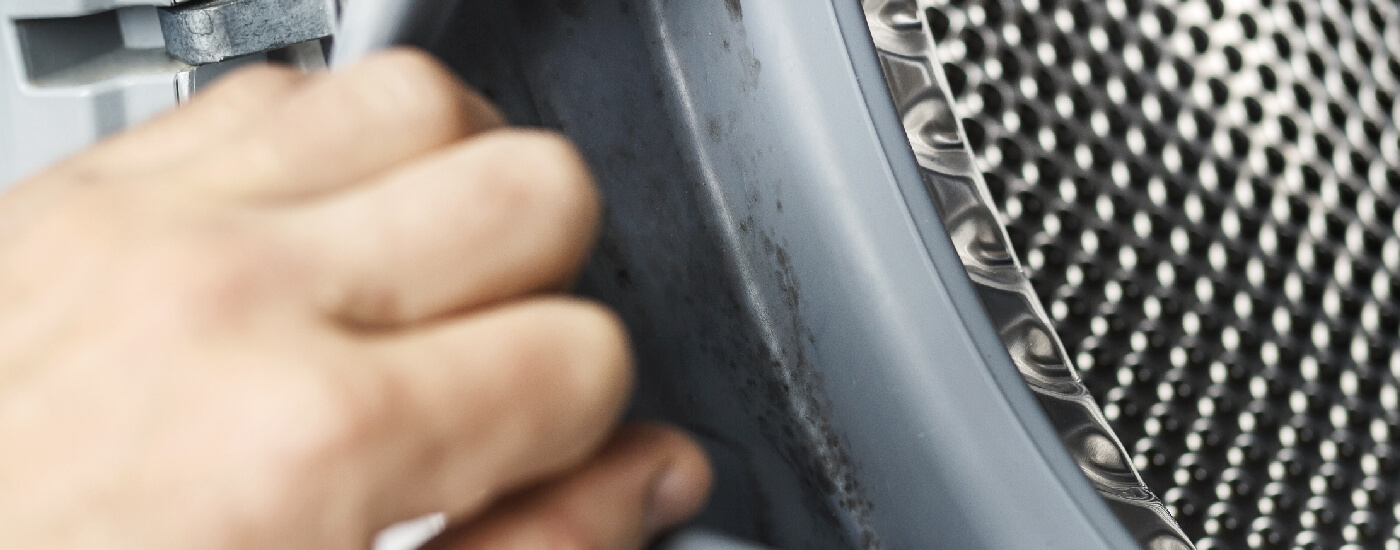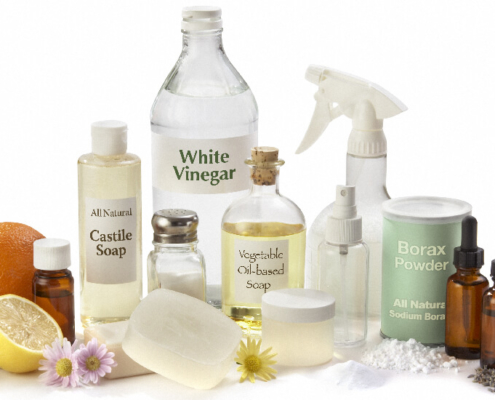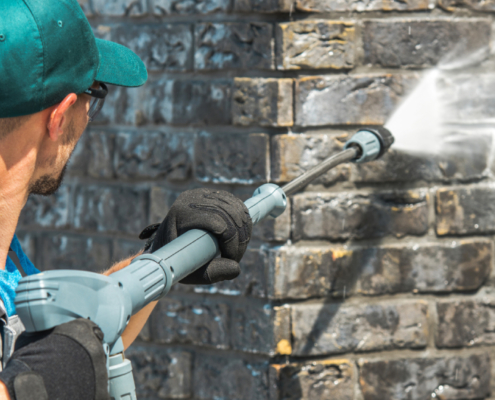What You Need To Do After Mild Flooding In Your Home
Mild flooding in your home might not seem too bad, but you still need to take the right steps to clean up. Mild flooding caused by a burst pipe or problems with your washing machine can still damage your home. If you are unsure about what you should do, there are some steps that you need to take.
Turn Off The Power
With mild flooding, a lot of people assume that they do not have to turn off the power to their home. However, this is something that you should do whenever there is water in your home. The water level could reach the electrical sockets or hit wires in your walls.
If you do not turn off the power, you run the risk of electrical shocks from the current traveling through the water. Mild flooding should not reach your breaker area, but if this has happened, you should call a professional. Otherwise, you can turn off the power via the breakers making your home safe.
Turn Off The Water Supply
If the flooding in your home has been caused by a problem with your plumbing, you will need to shut off the water supply. This is something that you generally do not have to worry about with flooding from natural disasters. Turning off the water will stop new water from entering your home and turning your mild flooding into a larger problem.
Contact Your Insurance
Flooding caused by a burst pipe or a natural disaster will generally be covered by your home insurance. It is important to note that slow leaks will not be covered and any damage caused by the flooding will be paid for by you. If the cause of the flooding is covered by your insurance, you need to take pictures as evidence and then call them.
You do not have to file a claim with your insurance if you feel the damage does not justify this. However, if your possessions have been damaged by the flooding, this could be worthwhile.
Clear Out The Water
Once you have stopped new water from flooding your home and contacted your insurance, you need to get rid of the water currently there. How you do this will vary depending on the severity of the flooding. If there is a small amount of water, you can use a mop to remove it.
However, if you have a bit more water, you should consider using a wet-dry vacuum. These machines will be able to remove the water at a faster rate and will generally remove more of it. You will generally not need any professional water pumps for mild flooding.
Start Drying The Area
As soon as the water has been removed, you need to start drying the house. Drying the house as quickly as possible is vital if you want to avoid serious water damage. Additionally, mold will start to grow in damp houses within 24 hours.
The tools you need to dry the rooms in your home will differ depending on the rooms. If the flooding has affected rooms with carpet, you need to use a wet-dry vacuum to get as much water out of the carpet fibers as you can. Rooms with tile or laminate flooring will often be easier to dry.
However, you need to keep in mind that there are areas the water reached that you cannot easily see. This will include drywall and insulation in the walls. Many professionals recommend the use of a commercial air mover to force the water from your furniture, carpets, and walls.
Once you have removed as much water as you can, you will need to set up dehumidifiers in the affected rooms. These machines will absorb excess water from the air which helps to dry the room out faster. If you are still worried about the dryness of your rooms, you could contact a water damage expert.
Fix The Problem
As mild flooding is generally caused by plumbing problems, your next step will be to fix the problem. Calling a plumber will often be the easiest solution, but there are a lot of problems that you could tackle yourself. In most cases, a plumber should be called to look for any lingering moisture or smaller leaks in your home.






